If you take a plastic object and run it under water, does it dissolve? No, of course not! Plastic is insoluble, which means that it does not dissolve in water. The plastic that we most commonly use is synthetic, or man made by combining different chemicals, and made from petroleum, which is a naturally occurring liquid found beneath the Earth’s surface and used to produce fuels such as the gas that powers cars. Today, we are going to make our own plastic using common household ingredients!
What you need:
- 1 cup milk
- 4 tablespoons white vinegar
- Paper towels
- Optional: food coloring
- Strainer
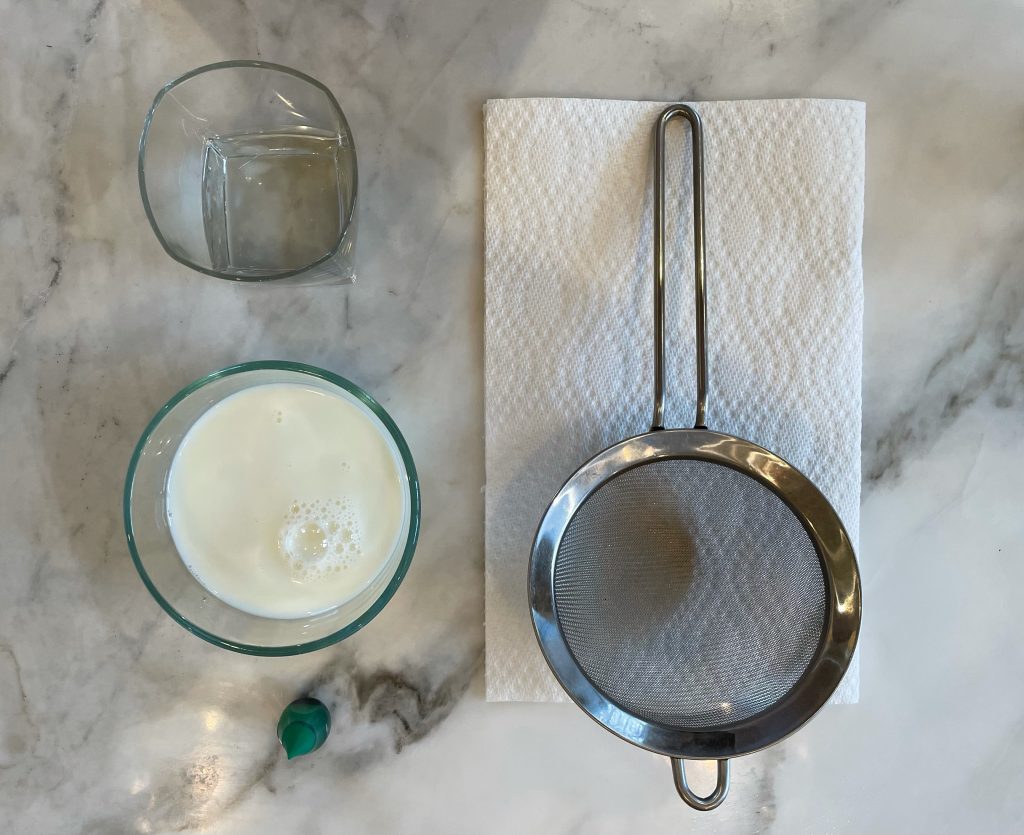
Steps:
- Heat up the milk in the microwave for about 1 minute, or until hot.

- Pour the vinegar into the milk and stir.

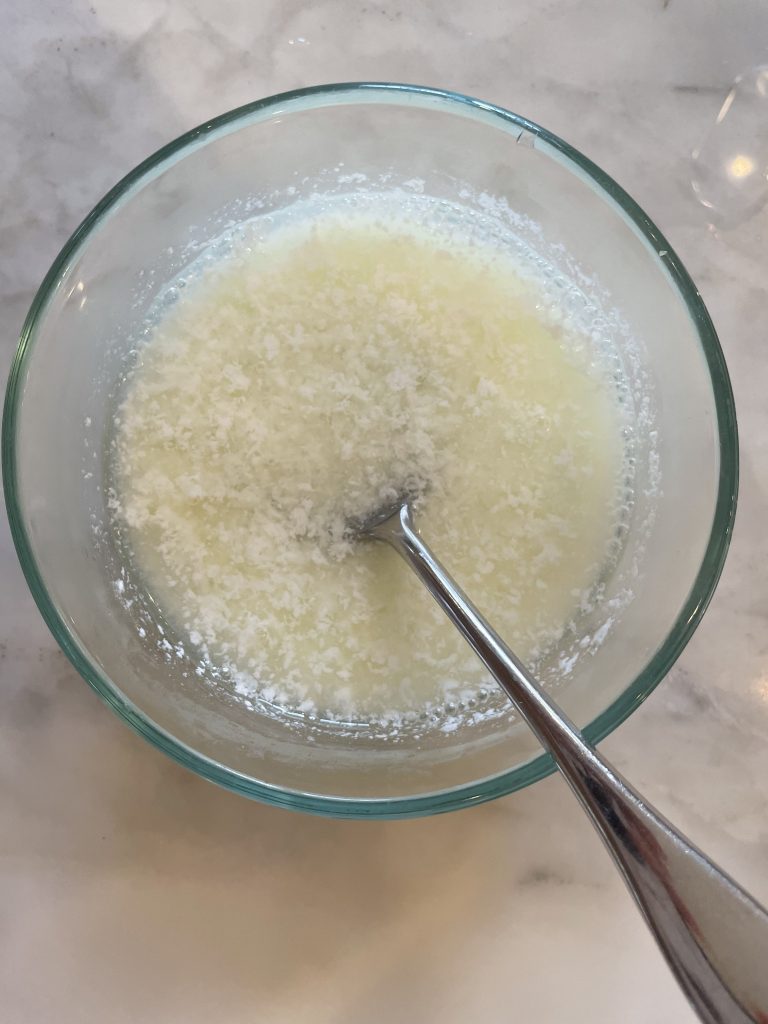
- Place a paper towel over the strainer.
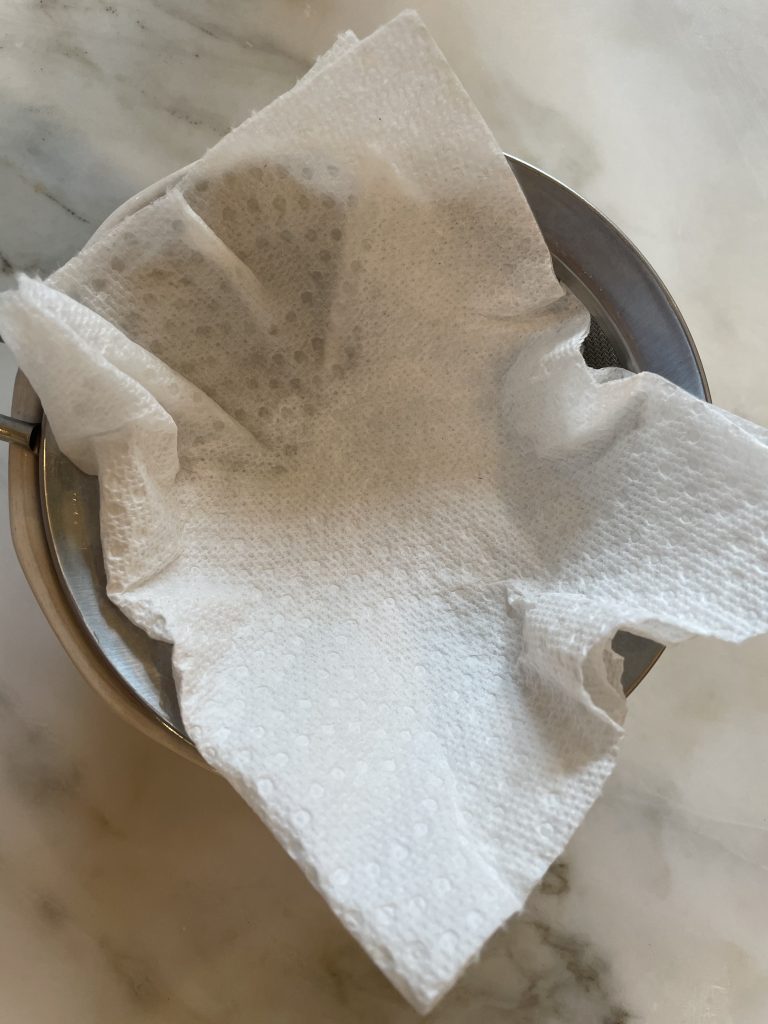
- Pour the vinegar and milk through the strainer.

- Transfer the remaining curds to a dry paper towel when most of the liquid has been filtered through the strainer.
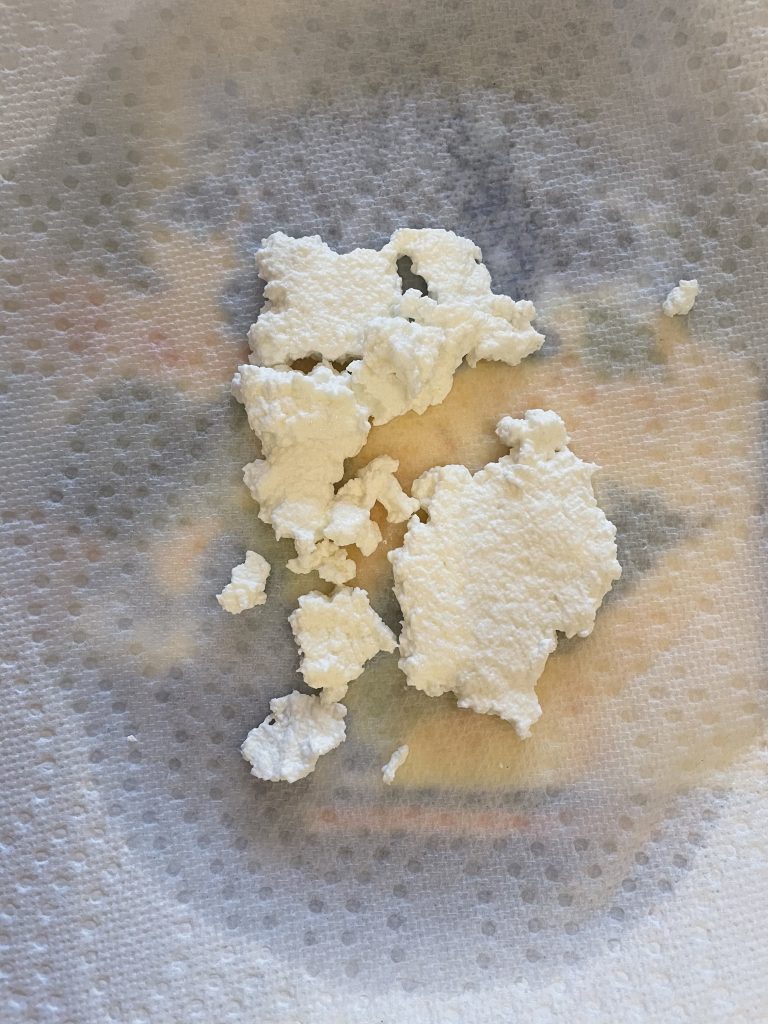
- Optional: add food coloring.
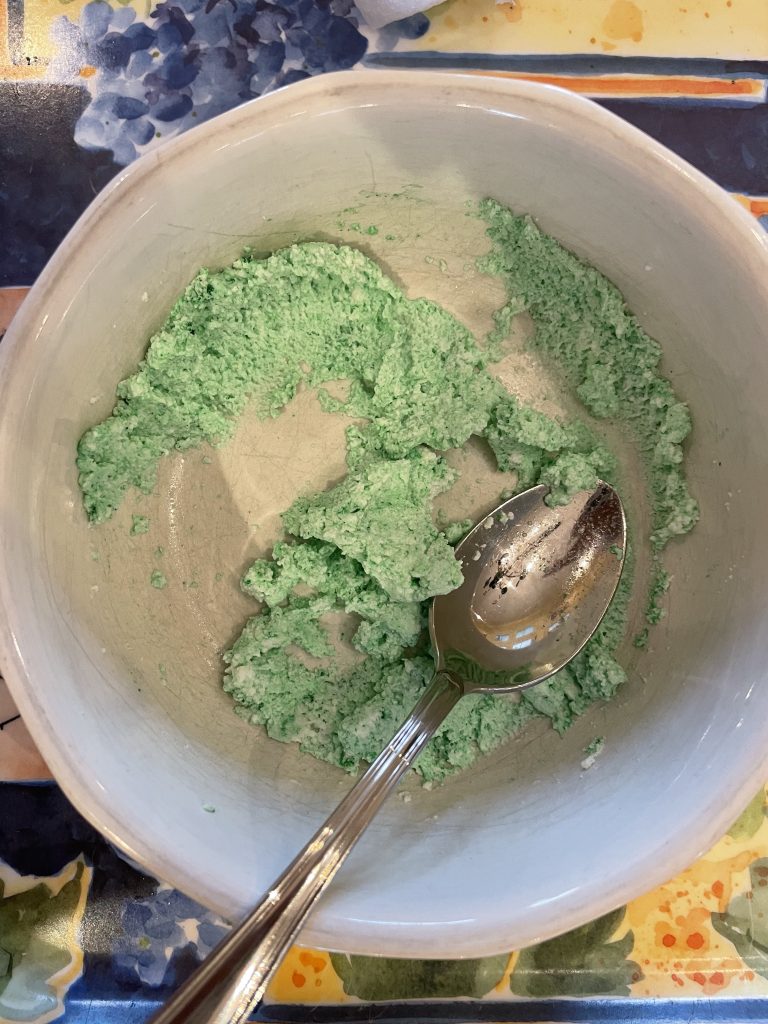
- Feel the curds and shape them into fun shapes, similarly to playdoh.


- Let the shapes dry for 2-3 days, or until hard.
- You now have homemade, plastic shapes! Just like synthetic plastic made from petroleum, this plastic is insoluble and will not dissolve when you run it under water.
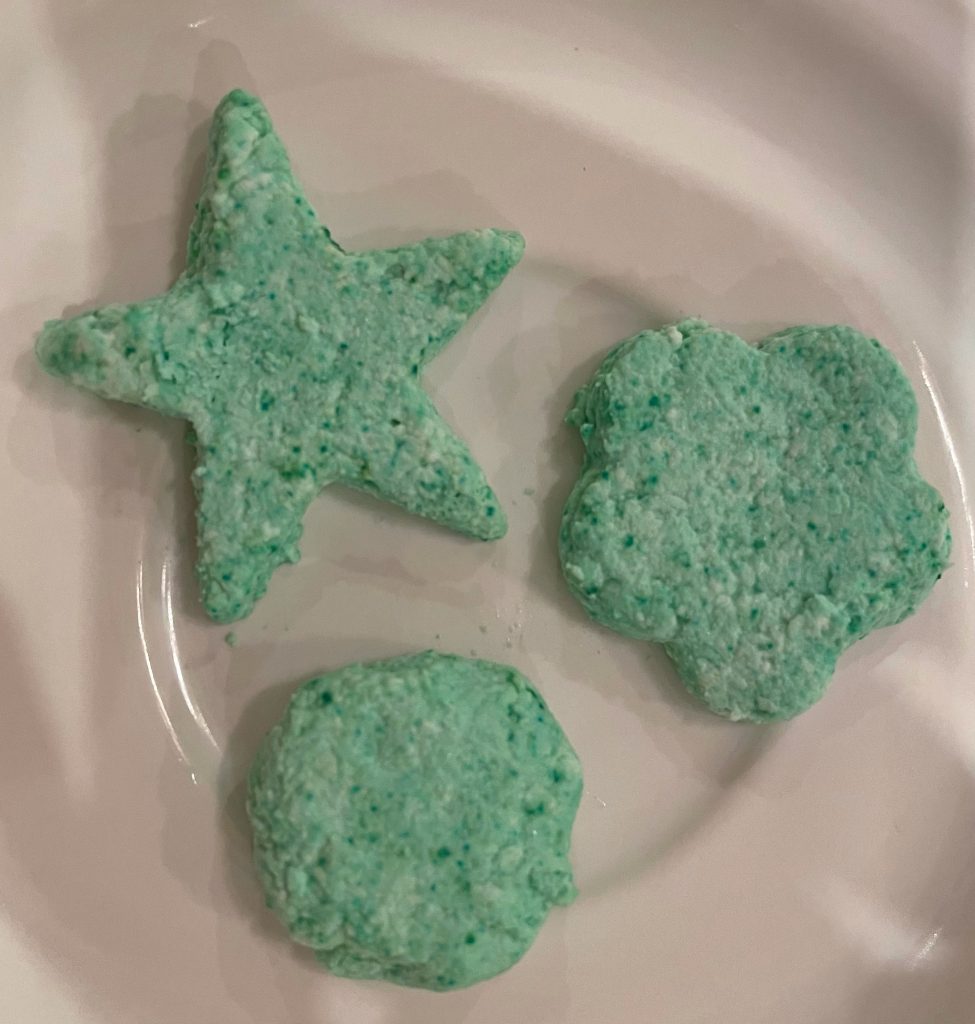
Now it’s time for the science!
Milk is mostly made of water and protein. Of the protein in milk, around 80% is casein protein and 20% is whey protein. These proteins are usually folded up in milk; however, when we add the acidic vinegar to the milk, the casein proteins unfold and form long chains of polymer, or a substance that has a molecular structure consisting of a large number of similar molecules bonded together. This polymer that precipitates out of the milk is called acid casein, and it is insoluble in water. When we heat up the milk, the precipitation process occurs faster and is more complete. This resulting polymer is an organic plastic, or bioplastic, which are plastics produced from renewable, organic sources. Before synthetic plastic was invented, people used acid casein to make buttons because it was hard and insoluble in water.
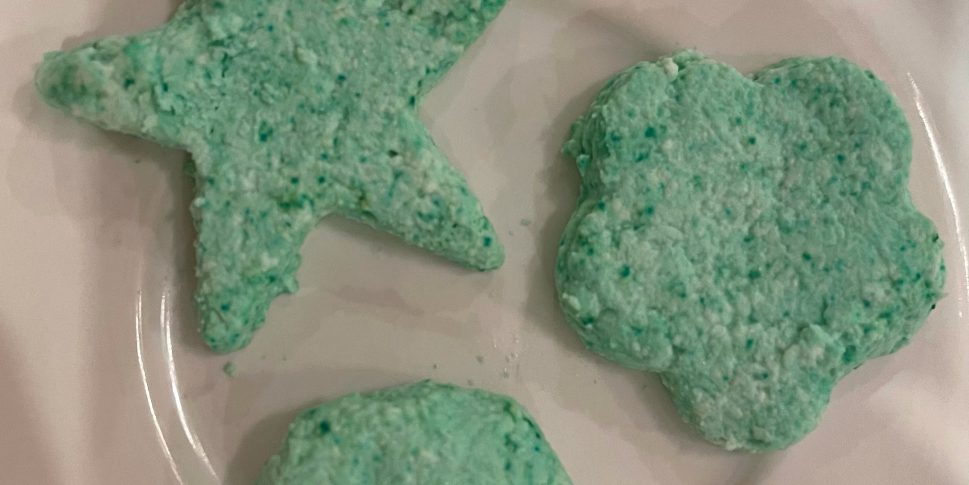
Neda
I never knew that we can make plastic at home. Thanks Julia! This will be a fun activity to do with my mom. 💕
Julia
Thank you Neda!